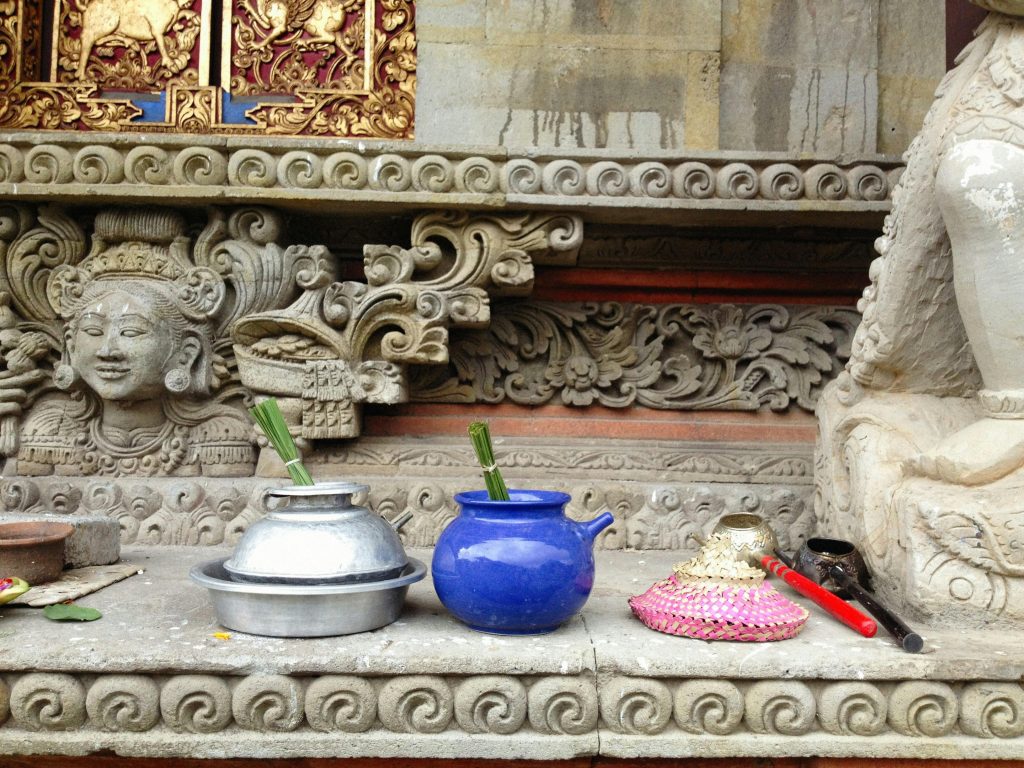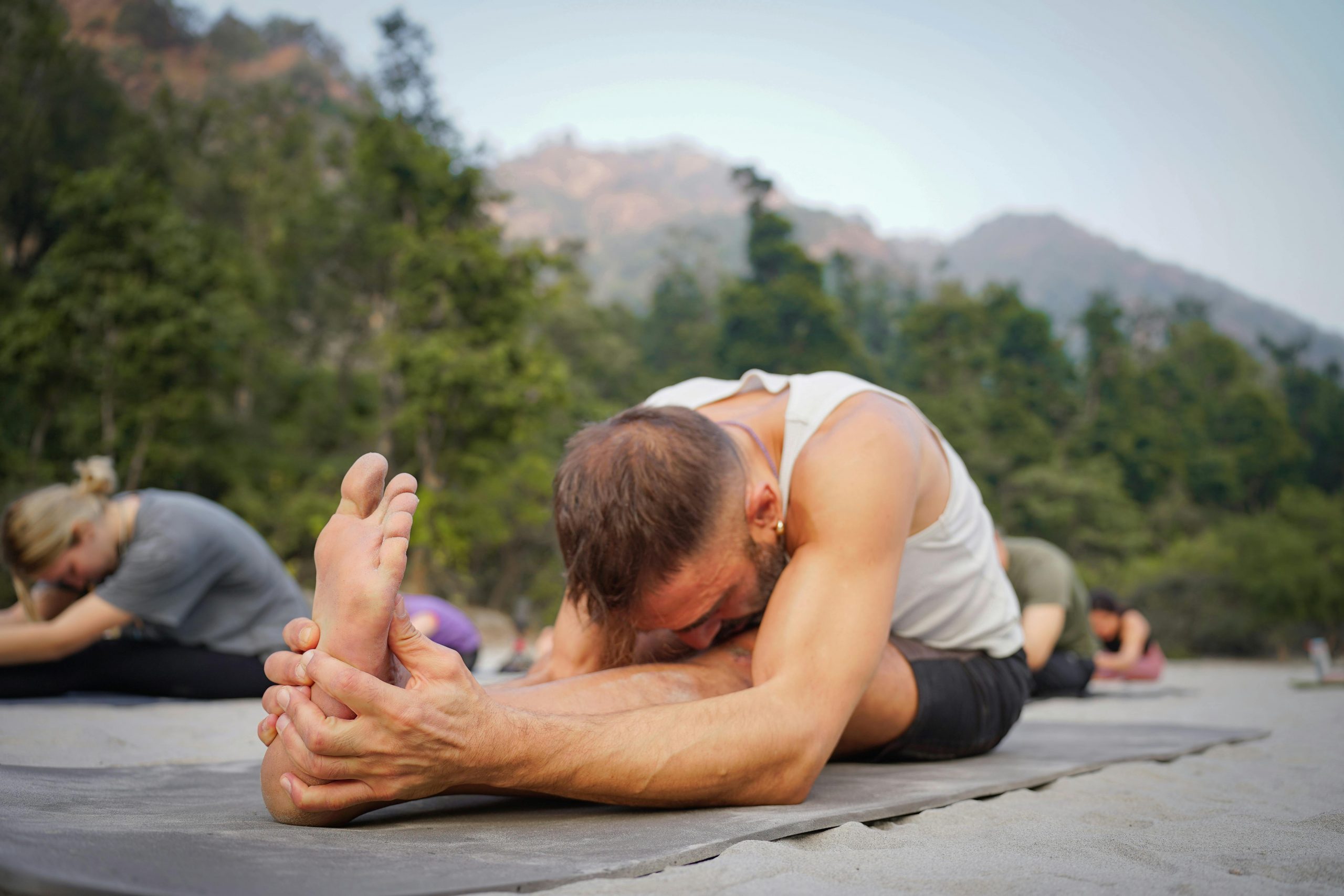
Bali has long been a top travel destination—but for those seeking more than just beaches and sunsets, this Indonesian island offers something deeper: healing, rejuvenation, and spiritual connection. From ancient rituals to world-renowned yoga retreats, Bali has evolved into a sanctuary for wellness seekers around the world.
If you’re planning your next wellness escape and wondering what makes Bali truly special, this guide explores the island’s rich traditions, spiritual heritage, and natural serenity—all through the lens of mindful travel.
What Is Bali Known For? A Global Hub for Wellness and Healing
Bali didn’t become a wellness hotspot by accident. Its transformation into a global center for healing is deeply rooted in both cultural and environmental factors:
- Balinese Hinduism infuses everyday life with ritual and spirituality
- Natural beauty and biodiversity make it ideal for mindful retreats
- Traditional healing practices have been preserved and respected
- A global community of healers, teachers, and seekers contributes to its thriving scene
Wellness isn’t just an add-on here—it’s embedded in the way of life.
1. Ubud: The Heart of Wellness in Bali

If Bali is the soul of wellness travel, Ubud is its beating heart. Tucked away in the island’s lush interior, Ubud offers a sanctuary where travelers can slow down, reflect, and reconnect. Long before it became a global wellness hub, Ubud was known for its artistic heritage, sacred sites, and deep-rooted spirituality—all of which now support a thriving ecosystem of wellness experiences.
What Makes Ubud So Unique for Wellness Seekers?
- Dozens of yoga studios: From sunrise hatha to deep yin and dynamic vinyasa, Ubud caters to all styles and levels. Studios like Radiantly Alive and Intuitive Flow also offer teacher training and immersive workshops.
- World-renowned retreats: Ubud is home to iconic wellness centers like The Yoga Barn (a community hub for detox, movement, and spiritual growth), Fivelements (a riverside retreat focusing on Balinese healing and plant-based living), and Soulshine Bali (founded by musician Michael Franti, combining wellness with creative inspiration).
- Conscious cafés and clean eating: Nourish your body with raw food, adaptogenic lattes, and locally sourced vegan meals. Ubud’s cafés, such as Sayuri Healing Food and Alchemy, are destinations in their own right.
- Balinese traditional healers: Locals known as balian provide energy work, herbal treatments, and intuitive healing based on centuries-old practices. Many visitors report profound emotional release or insight after a session.
- Sacred sites: Ubud is surrounded by spiritually charged landmarks like Tirta Empul (holy spring temple) and Goa Gajah (the Elephant Cave). These aren’t just tourist spots—they’re places of prayer, offering, and quiet introspection.
Whether you’re attending a week-long retreat or slowly wandering through rice terraces with a green juice in hand, Ubud offers a soul-nourishing experience that stays with you long after you leave.
2. What Kind of Wellness Experiences Can You Find in Bali?
Bali’s wellness scene is rich, varied, and deeply personal. Whether you’re drawn to energetic healing or prefer a more physical path through yoga and nutrition, Bali makes space for all kinds of self-care.
Yoga and Meditation
- Drop-in yoga classes: Studios in places like Ubud, Canggu, and Seminyak offer everything from restorative sessions to power yoga.
- Silent meditation retreats: Spend days in noble silence at centers like Bali Usada or Bali Silent Retreat, practicing stillness and awareness in lush natural surroundings.
- Alternative movement: Breathwork, ecstatic dance, and sound healing workshops help travelers process emotions and reconnect with the body.
Detox and Healing Retreats
- Fasting and cleansing programs: Juice fasts, raw food resets, and supervised detoxes are popular at centers like Bali Vitality and Natural Instinct Healing.
- Ayurvedic therapy: Personalized dosha-based treatments, oil massages, and cleansing rituals rooted in ancient Indian healing.
- Advanced therapies: Colonics, infrared sauna, float tanks, and ozone therapy are offered in modern wellness clinics around the island.
Balinese Traditional Healing
- Private sessions with a balian: These intuitive healers use prayer, massage, and herbal medicine. Expect deep emotional or spiritual insight more than medical advice.
- Melukat purification: Participate in a water blessing ceremony at sacred sites like Tirta Empul. Often guided by a priest, this is a spiritual cleansing meant to wash away past energies.
- Herbal traditions: Try jamu, a turmeric-based tonic with centuries of use, or experience a boreh scrub—a warming paste of herbs used to stimulate circulation.
Spas and Holistic Therapies
- Balinese massage: A fusion of acupressure, reflexology, and aromatherapy that relaxes and restores.
- Floral and herbal body treatments: Flower baths, volcanic scrubs, and coconut-oil facials are common treatments in both luxury resorts and budget-friendly spas.
- Energy healing: Crystal therapy, sound baths, reiki, and chakra balancing can be found in studios and healing centers across the island.
This diversity of offerings means your wellness experience in Bali can be as structured or spontaneous as you like—whether you’re building a full itinerary or discovering magic one session at a time.
3. What Is Balinese Healing and How Is It Different?
Balinese healing isn’t a trend—it’s an ancient way of life. Rooted in a blend of animism, Hinduism, and indigenous Balinese philosophy, this holistic system treats the body, mind, and spirit as one.
Core Beliefs Behind Balinese Healing
- Duality and balance: Health is a reflection of harmony between the sekala (seen world) and niskala (unseen world).
- Illness as misalignment: Physical symptoms are often seen as a sign of spiritual or energetic imbalance.
- Healing is communal and sacred: Prayers, offerings, and ceremonies are key tools for restoring balance—not just herbs or massage.
Practices You May Encounter
- Melukat: A sacred water purification ceremony meant to cleanse negative energy or mark a new beginning. Usually held in temples or rivers and guided by a priest.
- Usada Bali: Traditional healing texts passed down through generations, focusing on medicinal herbs and diagnostic techniques.
- Balian consultations: Healers use prayer, intuition, and trance to uncover root causes of discomfort, often weaving in ritual and herbal prescriptions.
Balinese healing is deeply spiritual. Visitors are encouraged to approach it with respect and openness—it’s not about quick fixes, but about restoring deeper harmony.
4. How Does Nature Support Wellness in Bali?
It’s no coincidence that people often feel instantly calmer upon landing in Bali. The island’s natural energy is grounding and healing, and many wellness experiences are structured to bring you into closer alignment with nature.
Elements of Nature That Enhance Wellness
- Lush rice terraces and tropical forests: Perfect for nature walks, forest bathing, or simply meditating among the greenery. Areas like Tegalalang and Sidemen offer postcard-worthy views and solitude.
- Volcanoes and highlands: Climb Mount Batur at sunrise for symbolic renewal or journal your intentions at Lake Beratan surrounded by mist and serenity.
- Sacred water sites: Bali’s holy springs, rivers, and waterfalls—like Tibumana and Sekumpul—are not just beautiful but often used in spiritual rituals and meditations.
- Coastal calm: Whether it’s the surf of Canggu or the black-sand beaches of Amed, Bali’s coastlines offer space for reflection, breathwork, or simply barefoot wandering.
Eco-Wellness Options
Many wellness retreats and accommodations integrate nature directly into your experience:
- Bamboo structures open to jungle views
- Farm-to-table organic meals from on-site gardens
- Permaculture principles guiding water and energy use
- Outdoor yoga shalas surrounded by birdsong and fresh air
Bali’s environment naturally slows you down—and in that stillness, transformation often begins.
5. What Are the Most Popular Wellness Retreats in Bali?

Looking for a guided path to healing or transformation? Bali’s retreat centers offer curated programs that go beyond yoga or detox—they foster introspection, growth, and lasting change.
Top Wellness Retreats to Explore
- Fivelements Retreat (Ubud): An award-winning eco-luxury center blending Balinese healing with plant-based cuisine and sacred arts.
- The Yoga Barn (Ubud): A community-driven space with over 15 classes a day, on-site detox programs, healing sessions, and workshops year-round.
- Como Shambhala Estate (near Ubud): High-end retreat with customized wellness plans including nutritionists, Ayurvedic doctors, and state-of-the-art spa facilities.
- Bagus Jati (Ubud): Nestled in the highlands, this retreat focuses on detox, yoga, fitness, and spa therapies in a deeply serene setting.
- Desa Seni (Canggu): A boutique eco-village celebrating Indonesian culture through yoga, organic cuisine, and artisan-crafted accommodations.
Each retreat has its own personality—some are communal and vibrant, others are quiet and introspective. The key is choosing one that aligns with your intention, whether it’s emotional healing, physical detox, or creative inspiration.
6. Can You Have a Wellness Experience Without a Retreat?
Yes—and for many travelers, that’s part of the charm. Bali is one of the best places in the world for DIY wellness travel. You can design your own journey day by day, following what your body and spirit need.
Ways to Craft Your Own Healing Journey
- Stay in a mindful guesthouse: Look for boutique accommodations offering yoga, meditation, and nourishing meals as part of the experience.
- Make your own schedule: Mix in a morning yoga class, an afternoon nature walk, and an evening sound healing session.
- Book à la carte healing: Schedule one-on-one time with a reiki master, balian, or holistic coach to dive into specific areas of growth.
- Practice sacred tourism: Visit places like Gunung Kawi, Besakih Temple, or hidden water temples with reverence and mindfulness.
- Explore conscious cafés and markets: Engage with the island’s slow food movement by eating clean and supporting local farmers and artisans.
Bali supports your wellness journey whether you’re fully immersed in a retreat or simply allowing the island to guide your day.
7. Is Bali Overrated or Still Worth Visiting for Wellness?
While Bali has grown in popularity and development, its core spiritual essence remains intact—especially if you travel intentionally.
Ways to Avoid the Crowds and Go Deeper:
- Choose retreats or lodging in quieter areas like Sidemen, Amed, or Pemuteran
- Participate in local ceremonies respectfully
- Support Balinese-owned wellness centers and healers
- Travel during shoulder seasons (April, September) for more tranquility
- Set intentions before you arrive and stay open to personal transformation
In Closing: Why Bali Continues to Call Wellness Travelers
So, what is Bali truly known for? Beyond its tourist appeal, Bali remains a living sanctuary of healing, connection, and ritual. It invites you to slow down, go inward, and return to what really matters.
Whether you’re soaking in a flower bath, chanting beside a temple, or journaling by a waterfall, Bali provides the space and energy to reconnect—with yourself, with nature, and with something greater.
